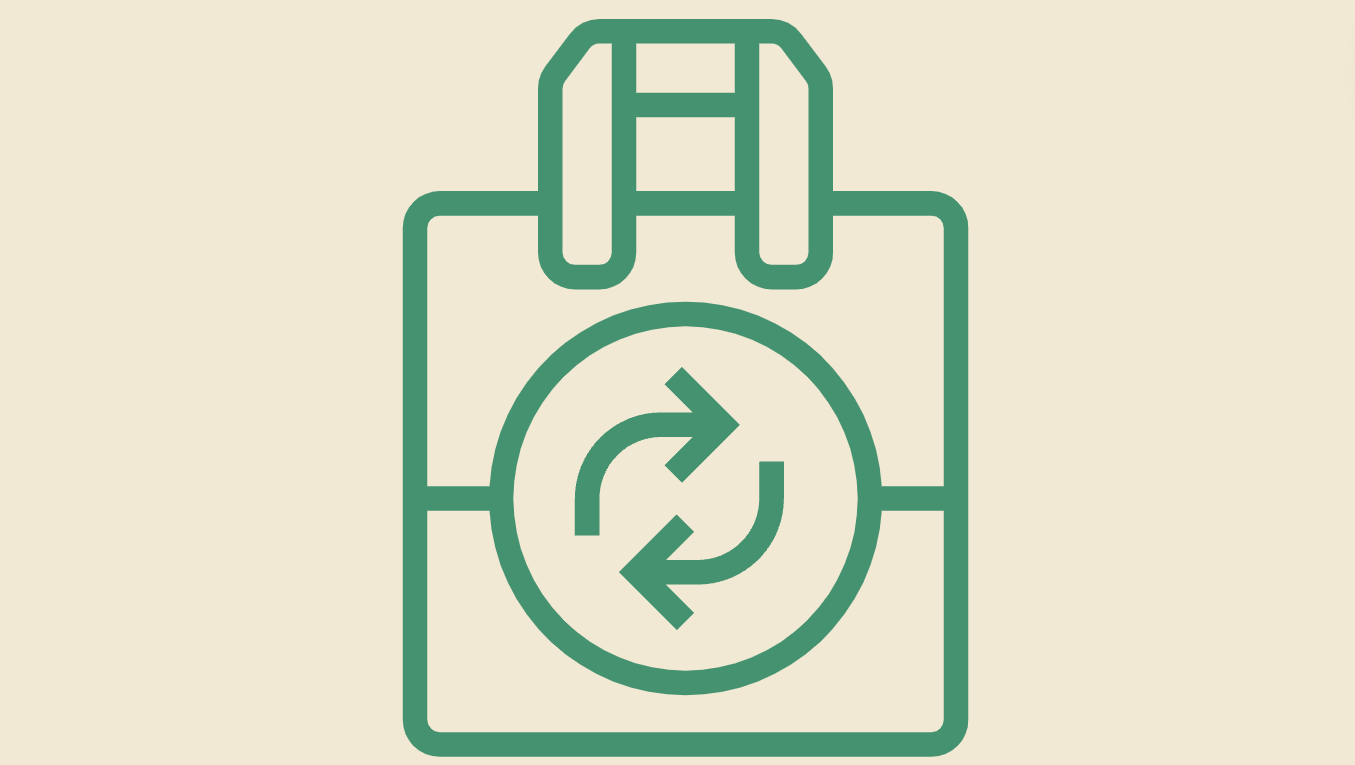
Combating Waste and Promoting Sustainability By Keeping Items In Use
What Is Recirculating?
EcoExchange’s tag line: recirculating away from landfills, isn’t just catchy! Recirculating stems from a circular economy, or circular system. A key idea behind it is to produce as little waste as possible in landfills, by keeping products in use for longer.

Keeping our items in use longer can greatly benefit the environment and help combat climate change, and it is a sustainable practice we can all work towards adopting!
Why Are Landfills So Bad?
Sure they look ugly and smell nasty, but there is much more that is ugly and nasty about them for the environment and climate.
Two Systems: Two Different Worlds

Linear System
In our world there are always new desirable products coming to the market. Currently, it is difficult, inconvenient, or inefficient to recycle or repurpose the items we no longer want, so the easiest option is to simply throw them out; hence a “throw away” economy. Globally, this model leads to huge amounts of unnecessary waste, which for the most part ends up in landfills.

Circular System
A key idea behind this system is to produce as little waste as possible by keeping products in use longer, whether it be through repurposing, reselling, or donating. It also emphasizes (1) purposeful design of a product, so that it lasts, and is easy to recycle, and (2) improved efficiency of recycling itself. Effectively adopting this system, would mean decoupling economic growth, away from producing more, which is driving waste and harmful greenhouse gas emissions.
A More Sustainable World
Reuse
People buy fewer new products because they can easily repurpose or fix items they already have or recirculate them by reselling or donating. Products are in use for longer and stay away from landfills.
Reduce
Reduced demand for the production of new things, leads to a significant cut back in raw material collection. Products get properly recycled at the end of their life and are used as material to make new items.
Regenerate
Harmful greenhouse gas emissions from factories and landfills are substantially reduced, positively impacting ecosystems and helping in combating global warming.

How Could This Transform Production?
Communities
Our world is currently on the wrong track, with municipal solid waste generation expected to rise by about 70% by 2050. So, while the idea of a circular system may seem unachievable, communities collectively adopting sustainable practices can drive positive change!









